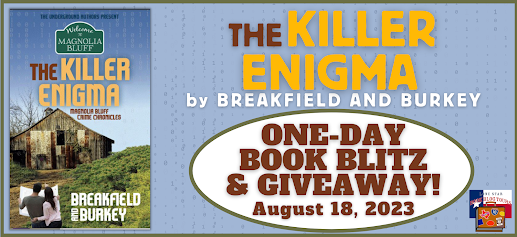























Barnes & Noble │ Google │ Kobo











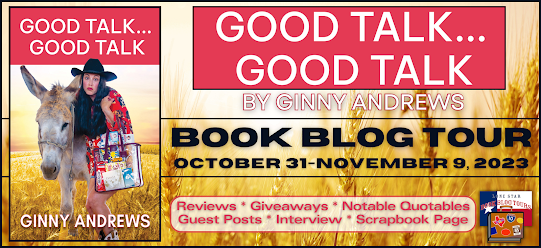


————————————–





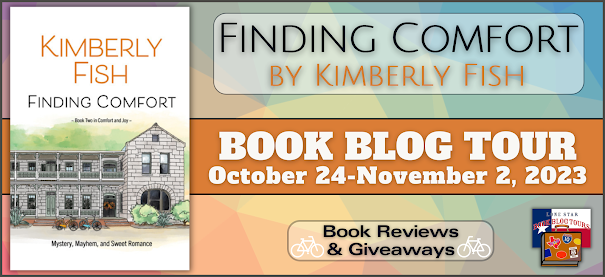






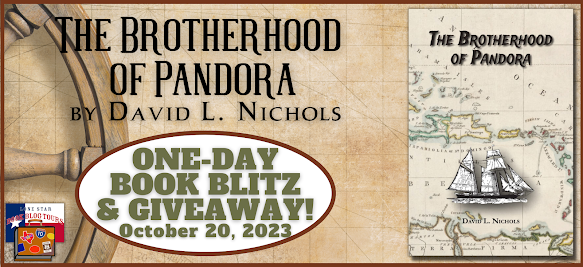


CLICK TO PURCHASE!



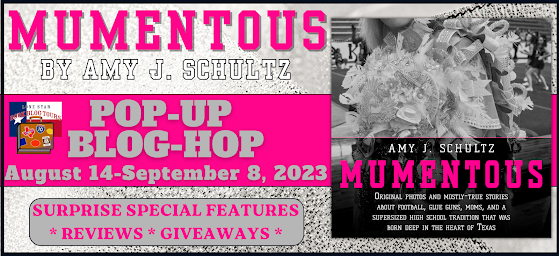


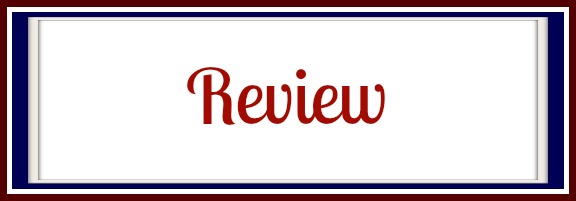
There’s anticipation to the upcoming mum celebrations. Knowing that soon the mini-parade of mums will showcase the halls and events. I remember my mom’s face when she asked me how big I wanted my mum to be, just slightly frightened by the answer. Afterall, the bigger the mum, the bigger the bragging rights. Thankfully for her, I let her know I wasn’t expecting anything over the top. Did it still end up being nearly the size of my head and longer than my torso? Yes. Yes it did.
There was an informal tradition within it though. That mums were meant to be shared. If your friend didn’t have one and wanted to experience it, simply pluck a ribbon and flower from yours and hand it over. Have safety pins in your pocket and great memories to remember years later.
It was hilarious at times hearing the accounts of someone not Texas-born reminiscing about our odd traditions, particularly this one. In fact, it seemed quite common to me growing up. While I never had to huge desire to embrace some of the more Texas sized traditions, it didn’t seem to be odd to me. Though, that could be stemmed from my mom working for the school district and such thing as mums, homecomings, and pep rallies are just normal and happen all the time.
I am very impressed by the detail to history and self experience by the author. What better way to bring a tradition like this more alive than hearing from Schultz herself? There’s joy and humor to this book. I thoroughly enjoyed it! It was a bit like a beginners guide to this niche.
The pictures were a great addition as well. As a reader, you’ll notice quickly that happiness ties them together. The excitement of each subject flying off the page. Schultz goes into the why and how this tradition came to be. From my experience, a lot of this stems from the happiness and silliness it brings. It was very interesting to read about the way mums have spread over Texas and over states as well.
Don’t miss out on the giveaway below! This book would be a great addition as a ‘coffee table book’, ‘conversation piece’, and ‘parent facing mum season guide’. Schultz has a very artistic style of writing and does an amazing job expressing the excitement of mum season.



